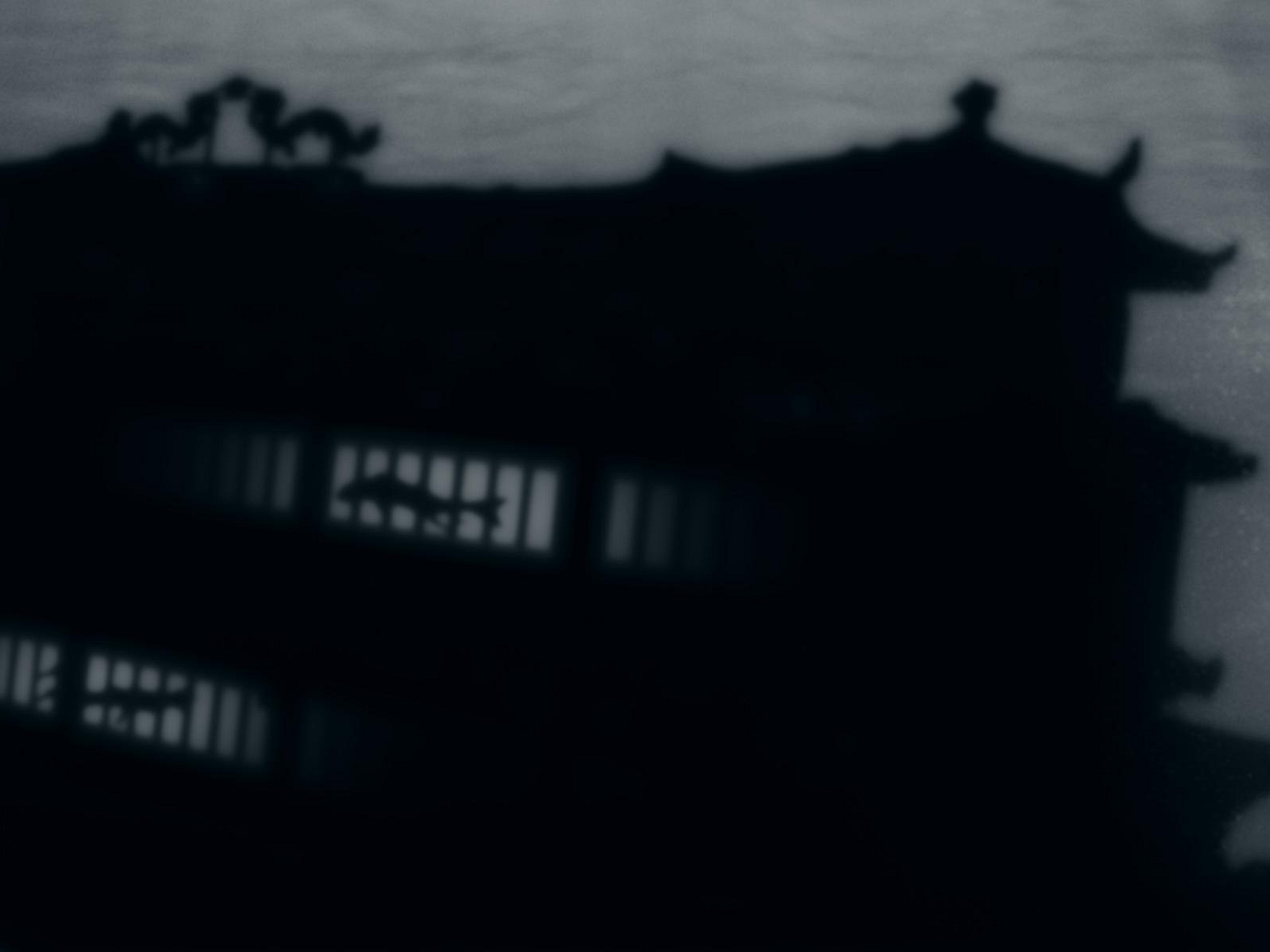Floating Sea Palace
September 21, 2024–March 2, 2025
231 Queens Quay West
Toronto Ontario M5J 2G8
Canada
Hours: Wednesday–Sunday 11am–6pm
T +1 416 973 4949
F +1 416 973 4933
info@thepowerplant.org
The Power Plant is thrilled to partner with The Vega Foundation to present Floating Sea Palace, the first-ever solo exhibition in Canada of Swedish artist Lap-See Lam. Lam creates mythical video installations that draw on traditional storytelling forms such as Cantonese opera and shadow-play puppetry. Her work takes a magic realist approach, creating alternative representations of Chinoiserie as defined by imperialist history, while simultaneously reflecting on her own family history of migration from Hong Kong to Sweden, both to claim and complicate cultural heritage.
In her newest film, Floating Sea Palace (2024), Lam draws on the folklore tale of Lo Ting, a mythical human-fish hybrid, who is believed to be the ancestor of the Hong Kong people. In Lam’s story, Lo Ting exists both in past and future form, played by pop singer Bruno Hibombo and artist Ivan Cheng, respectively. Past Lo Ting longs to return to his former home Fragrant Harbour, the literal translation of Hong Kong. He unknowingly summons a dragon ship, performed by vocalist and improviser Sofia Jernberg, based on a real three-story ship named the Floating Restaurant Sea Palace. Commissioned by entrepreneur Johan Wang in Shanghai in the 1990s, it was relocated to different European ports where it lived many lives as restaurants, a haunted house, and now, a ruin. Lam has filmed aboard the real ship and taken its story of transformation and search for a harbour as the heart of the story. The ship embodies the mistranslation inherent to experiences of dislocation, and the complexity of searching for belonging.
In Floating Sea Palace, a sequel to the Altersea series, Lo Ting’s story is narrated by Singing Chef, a former chef aboard the dragon ship, played by Ping-Kwan Lam. The ship travels through space and time, propelled not by wind but by stories and memories. During its journey, the ship encounters a storm in the North Sea, where it sinks to the bottom of the ocean. As Lam is interested in mutable forms of translation, Fragrant Harbour emerges as a placeholder for an idea of home, a concept that remains out of reach. Floating Sea Palace is a story of longing to return to an ever-shifting home, but needing instead to begin again.
For this installation, she worked with bamboo sifu (expert) Ho Yeung Chan to construct an environment built out of bamboo scaffolding. For centuries, bamboo has been an integral architectural and cultural material in Hong Kong and southern China. It is used as both construction scaffolding and as material for temporary stages for the celebrated art form of traveling, Cantonese operas. Lam’s ghostly film is held in the centre of the bamboo frame, drawing from the visual language of shadow puppetry, a traditional form of storytelling that is closely linked to Chinese folklore. Incorporating original shadow animation and 3D scans taken from the real dragon ship, as well as an original, multi-channel score composed by Marlena Salonen, the phantom-like aesthetic of the moving image invites imaginative encounters with Lam’s story and its characters.
Floating Sea Palace is co-commissioned by The Vega Foundation, Studio Voltaire, and The Power Plant Contemporary Art Gallery. Produced in partnership with Moderna Museet. Floating Sea Palace is concurrently on view at Studio Voltaire in London from September 18 to December 15, 2024.
This exhibition at The Power Plant is organized and developed in partnership with The Vega Foundation. The Vega Foundation provides critical support for artists’ film and video through meaningful investments in the production of ambitious new work, collaborations with Canadian and international institutions, and the stewardship of a growing collection.








